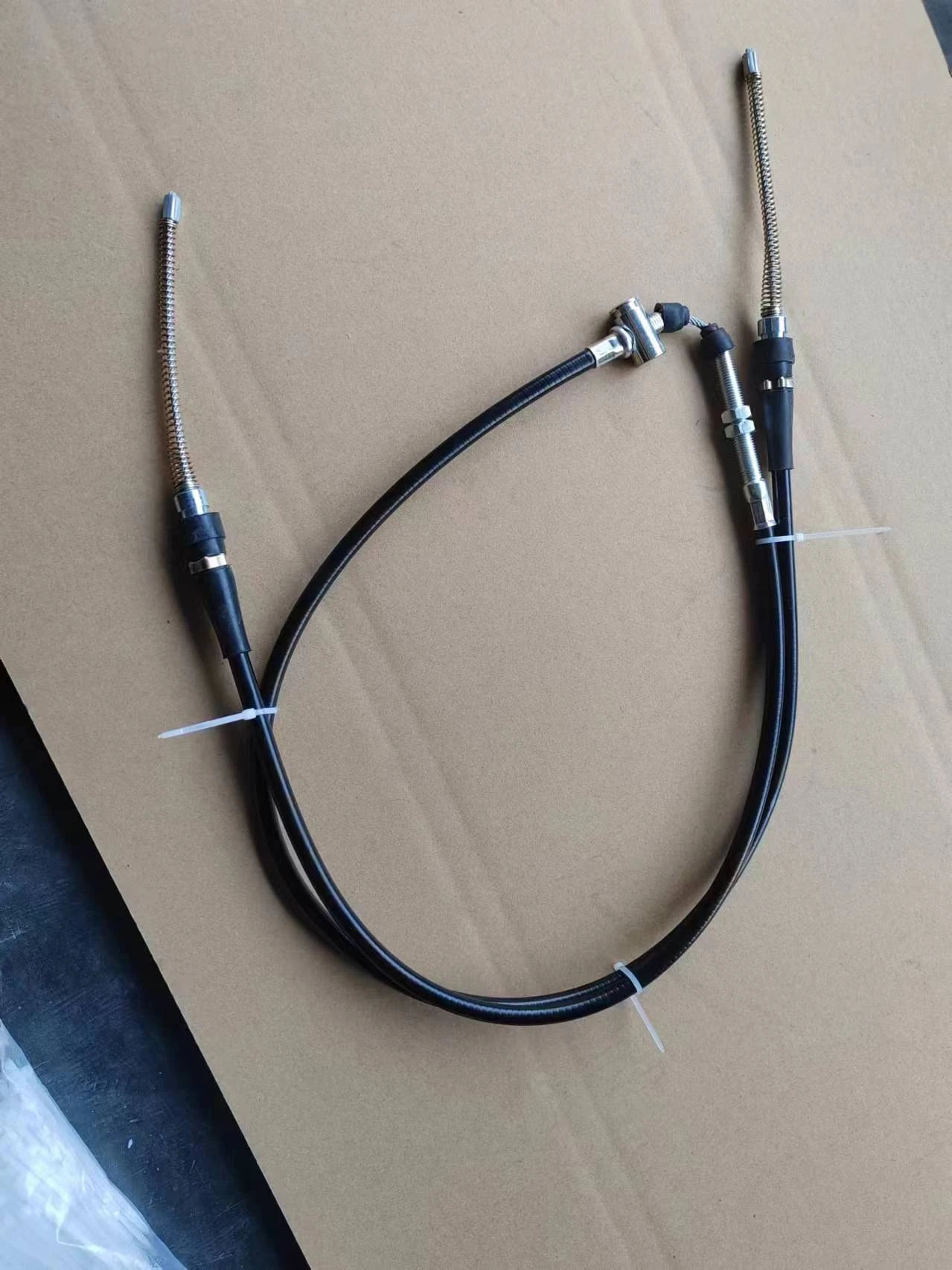hydraulic clutch pipe
Understanding Hydraulic Clutch Pipes Design and Functionality
A hydraulic clutch pipe is a crucial component within hydraulic clutch systems, primarily found in vehicles with manual transmissions. This component connects the clutch master cylinder to the clutch slave cylinder, playing a key role in the efficient transfer of hydraulic fluid to engage and disengage the clutch. Understanding its design and functionality can provide valuable insight into how hydraulic systems operate in modern vehicles.
At its core, a hydraulic clutch pipe is designed to handle high-pressure hydraulic fluid. Typically made from durable materials such as steel or reinforced rubber, the pipe must withstand the stress generated during clutch operation. This resilience is essential because the hydraulic system relies on maintaining pressure to function effectively, allowing the driver to control gear shifts seamlessly.
One of the most significant advantages of a hydraulic clutch system, facilitated by the clutch pipe, is the lighter pedal feel compared to traditional mechanical linkages. The hydraulic system amplifies the force applied by the driver’s foot, making it easier to engage or disengage the clutch. This design not only enhances driver comfort but also allows for more precise control over gear shifts, ultimately contributing to improved vehicle performance.
hydraulic clutch pipe

However, like any mechanical component, hydraulic clutch pipes are subject to wear and failure over time. Common issues include leaks due to wear on the material, which can lead to a loss of hydraulic fluid and diminished function. Signs of a failing hydraulic clutch pipe may include a spongy or unresponsive clutch pedal, fluid leaks under the vehicle, or difficulty in shifting gears. Regular maintenance checks and timely replacements are crucial to ensure the longevity of the clutch system and the overall performance of the vehicle.
Installation of hydraulic clutch pipes requires careful attention to avoid issues such as air trapped in the system. Air in the hydraulic line can lead to a decrease in hydraulic pressure, resulting in poor clutch engagement. Therefore, proper bleeding of the hydraulic system is essential during installation or replacement to ensure optimal performance.
In conclusion, the hydraulic clutch pipe is an integral part of the clutch operation in many vehicles, contributing significantly to the functionality and comfort of driving. By understanding its importance, drivers can appreciate the engineering behind modern clutch systems and recognize the need for regular maintenance to ensure their vehicle operates smoothly. Awareness of the signs of potential issues can also lead to prompt repairs, ensuring a reliable and enjoyable driving experience.
-
Workings of Clutch Pipe and Hose SystemsNewsJun.04,2025
-
The Inner Workings of Hand Brake Cable SystemsNewsJun.04,2025
-
The Secrets of Throttle and Accelerator CablesNewsJun.04,2025
-
The Hidden Lifeline of Your Transmission Gear Shift CablesNewsJun.04,2025
-
Demystifying Gear Cables and Shift LinkagesNewsJun.04,2025
-
Decoding Clutch Line Systems A Comprehensive GuideNewsJun.04,2025
